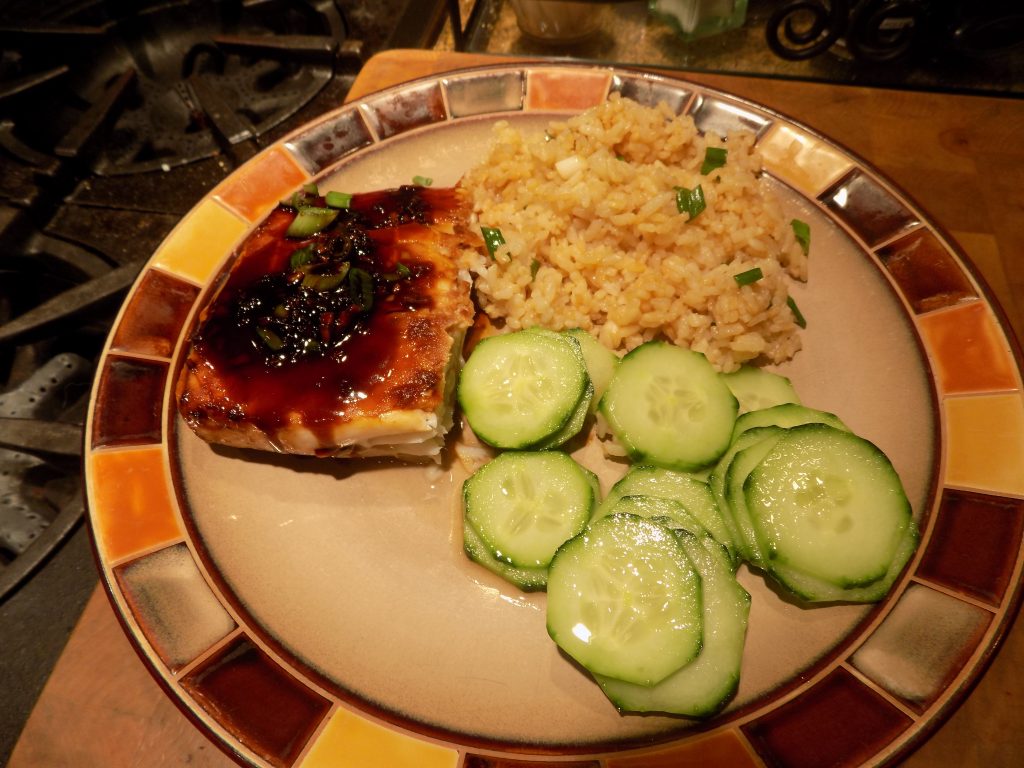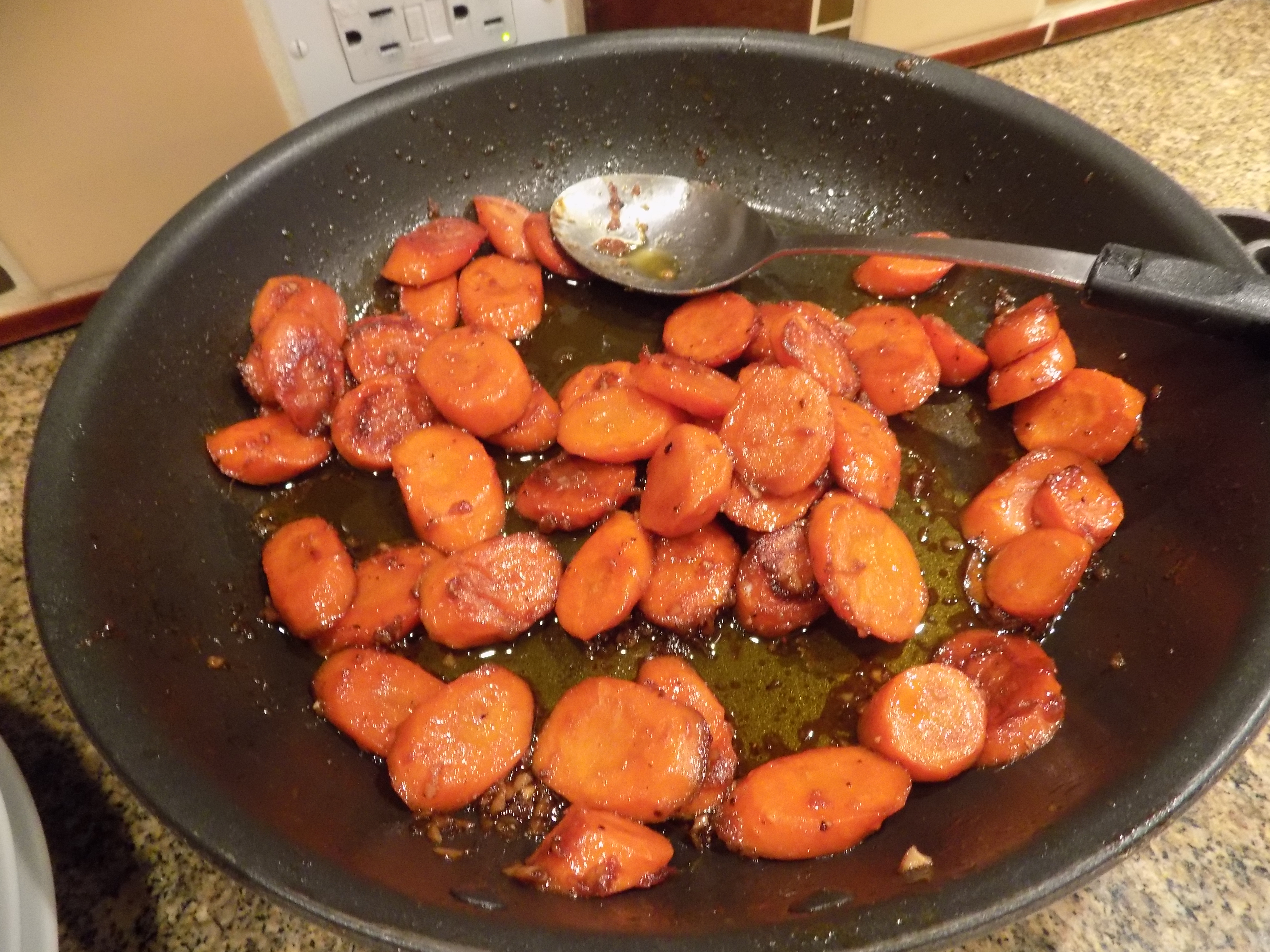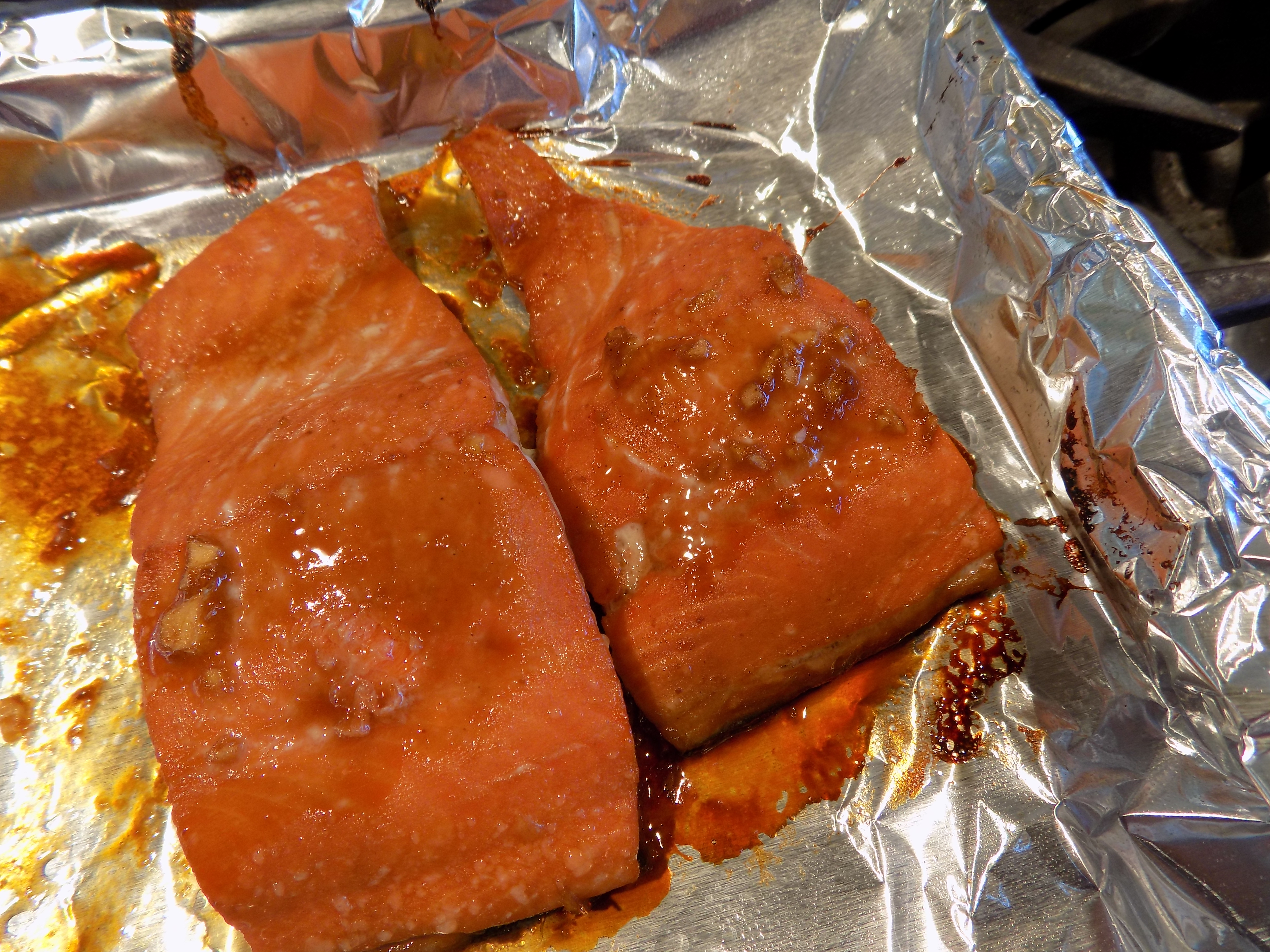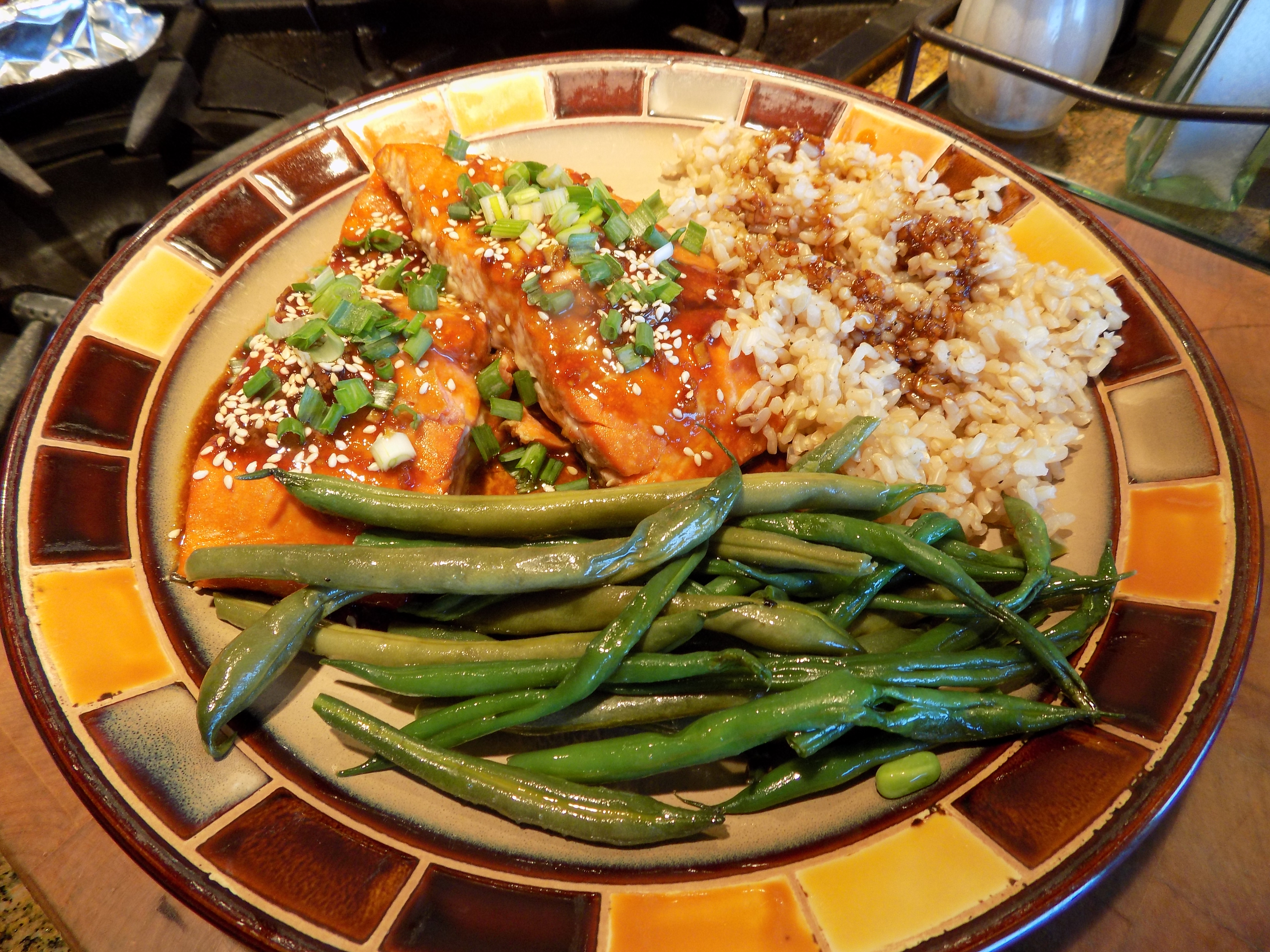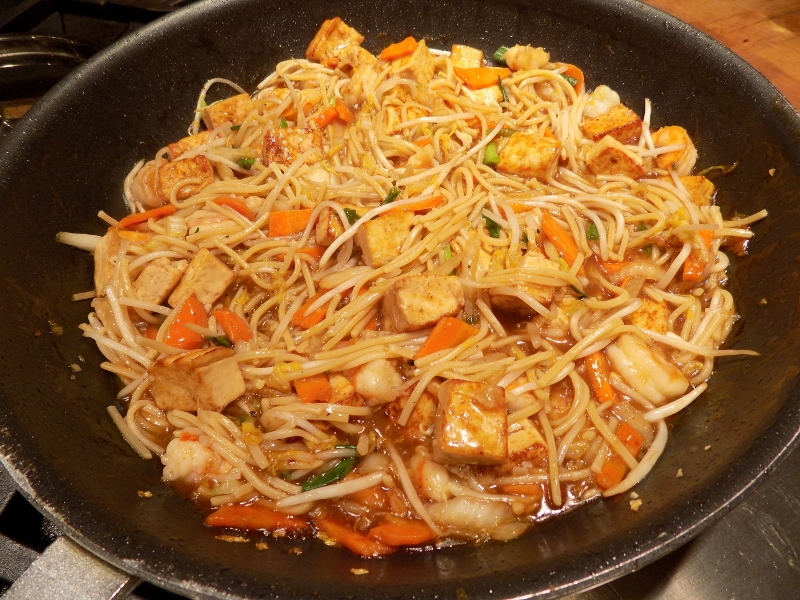
I seriously love Chinese food. I can remember going to the Moon Temple Restaurant in Wallingford a few times when I was in high school. But as a family we rarely ate out. Once a year we would go to Ivar’s restaurant and have their seafood platter. I remember that annual event being an absolute highlight of my childhood.
But being introduced to Chinese food by my teenage friends was probably a defining moment for me when it came to food. With all the variety of flavors, textures, and ingredients, I was immediately smitten. I simply had no basis for comparison. The food served at home was hearty, but nothing like what I was experiencing with my friends. I truly believe my love of food and subsequent zest for cooking germinated in that humble restaurant. Of course having worked in Seattle’s International district for 10 years didn’t diminish my enthusiasm for Asian food in the slightest. If anything, it only fanned the flame that still burns brightly after all these many years.
So with Chinese food in mind, I glommed this recipe together. And as with many of the recipes I come up with, this dish was built around ingredients I had on hand. And yes, I almost always have a package of frozen shrimp in the freezer. And If I even get low on fresh ginger, I break out in hives. Same with onions, fresh garlic, broccoli, and green onions. Kale, well that’s another story.
I never have to worry about running low on kale because the stuff grows like weeds, all year round! I planted some seeds in one of my half wine barrels on the west side of our house about 4 years ago, and since then I have never been without kale. In fact now I have 2 barrels containing kale. (Kale was even starting to grow around the base of the barrels, but I soon put an end to the seedlings!) Anyway, back to this recipe.

If you too love Chinese food (American Chinese that is), give this recipe a try. And don’t worry about having all of the same ingredients I used. Matters not. Use what you have on hand. Mushrooms, water chestnuts, bean sprouts, etc. would be lovely in this dish. No shrimp, no problem. Use chicken or no meat at all! That works too. Just be creative. And make it a fun experience. While you’re chopping away, why not have one of your kids read to you. It will occupy your little darling, and it will take your mind off cutting all those veggies with absolute precision. Just be mindful enough that you don’t chop off a finger.
So stay healthy dear readers. And keep spending time in your kitchen.
⅓ c. soy sauce
2 T. honey
¼ c. chicken stock
1 T. minced fresh ginger
3 garlic cloves, finely minced
pinch crushed red pepper flakes
¼ tsp. kosher salt
freshly ground black pepper
1 lb. lg. uncooked shrimp, cut in half
1 T. vegetable oil
2 tsp. toasted sesame oil
½ c. julienned carrot
½ c. thinly sliced yellow or white onion
¼ c. thinly sliced celery
1 c. broccoli florets
6-8 pea pods, thinly sliced on the diagonal
½ c. finely cut spinach, kale, or green cabbage
6 green onions, thinly sliced on the diagonal
6 oz. chow mein noodles, cooked according to package instructions
Mix the soy sauce, honey, chicken stock, ginger, garlic, crushed red pepper flakes, salt, and pepper in a small bowl.
Place the shrimp in a medium sized bowl and stir in about a third of the soy sauce mixture. Cover the bowl and place in fridge for about an hour.
When the shrimp have finished marinating, heat the vegetable oil and sesame oil in a large pan over medium high heat. Add the carrot, onion, celery, and broccoli; cook for 3-4 minutes or until vegetables start to soften. Add the pea pods and spinach along with 2 tablespoon of water and another third of the soy sauce mixture. Cook, stirring constantly, until the spinach is wilted, about 2-3 minutes. Remove the vegetables to a serving bowl.
Add the shrimp to the pan along with any marinade left in the bowl. Cook the shrimp for 2-3 minutes per side or until pink and opaque.
Add the vegetables back into the pan along with the remaining soy sauce mixture, green onions, and cooked noodles. Stir to combine all the ingredients. Cook for a couple of minutes then serve immediately.


